Aniseed As A Spice – Learn How To Use Anise Plants
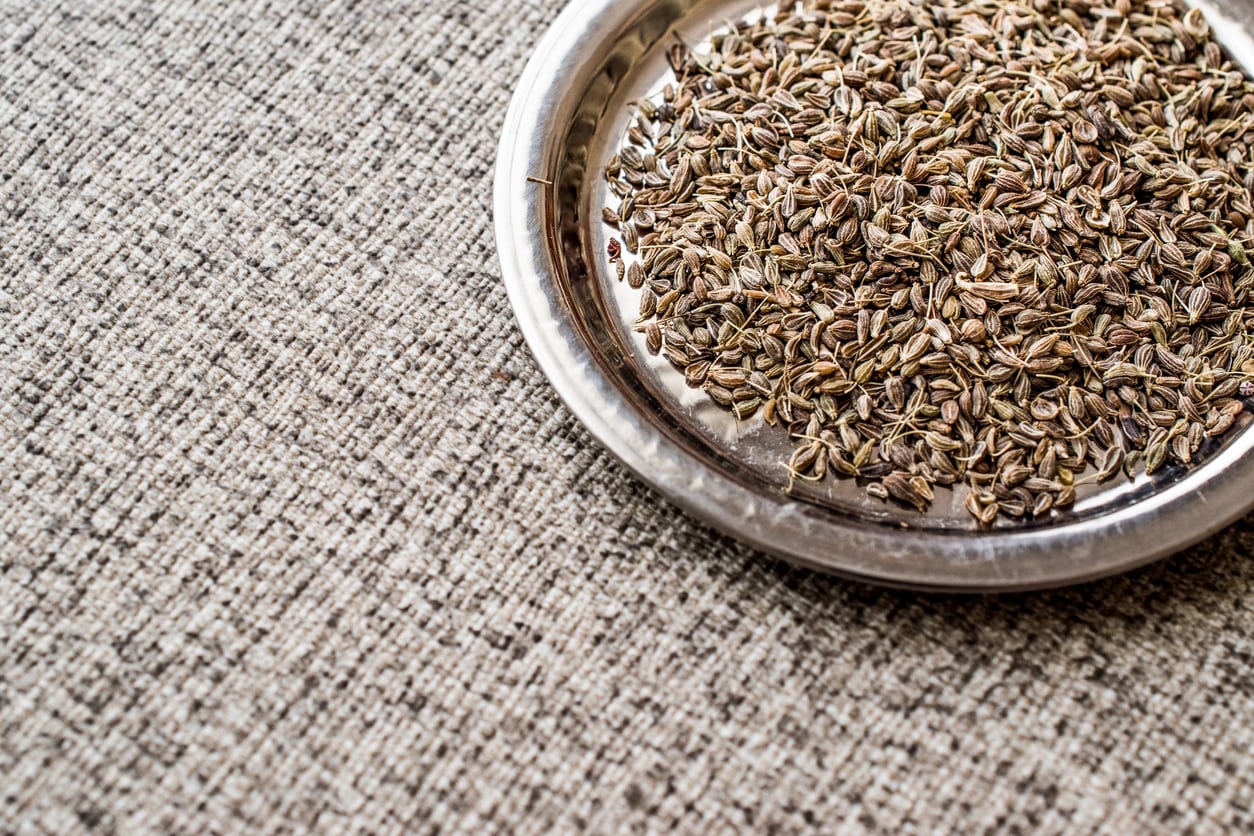

Anise is a tall, bushy annual with dense, feathery leaves and clusters of small, whitish flowers that eventually produce aniseeds. The seeds and leaves have a warm, distinctive, somewhat licorice-like flavor. This popular culinary herb is easy to grow by seed, but the question is, what to do with aniseed once it’s harvested? How do you use aniseed as a spice, and how about cooking with anise? Read on and learn a few of the many ways of using anise plants.
Using Anise Plants
Anise plants can be harvested whenever the plants are large enough to cut. The tiny, aromatic seeds are ready for harvest about a month after the flowers bloom.
What to Do with Aniseed Plants in the Kitchen
Toasted anise seeds (aniseeds) are used to make spicy cookies, cakes, and various types of bread. They also make delicious syrups. The seeds are also incorporated into hot dishes, including cabbage and other cruciferous vegetables, baked or steamed root vegetables, and soups or stews. Liquor flavored with aniseed is traditional throughout much of the Spanish-speaking world. In Mexico, anise is a primary ingredient in “atole de anis,” a hot chocolate drink. Although the seeds are most commonly used in the kitchen, anise leaves add a touch of flavor to fresh tossed salads. They are also an attractive, flavorful garnish for a variety of dishes.
How to Use Anise Medicinally
Chew on a few anise seeds to alleviate bad breath. Reportedly, anise is also an effective remedy for intestinal gas and other gastrointestinal complaints. Anise has been proven to improve symptoms of ulcers in rats but, as of yet, there have been no human studies. Anise is also used as a remedy for a variety of conditions, including runny nose, menstrual discomfort, asthma, constipation, seizures, nicotine addiction, and insomnia. Note: Before attempting the use of anise medicinally, contact a doctor or professional herbalist for advice.
Gardening tips, videos, info and more delivered right to your inbox!
Sign up for the Gardening Know How newsletter today and receive a free copy of our e-book "How to Grow Delicious Tomatoes".

A Credentialed Garden Writer, Mary H. Dyer was with Gardening Know How in the very beginning, publishing articles as early as 2007.
-
 Moody Blooms For Spring: 8 Types Of Black Flowers To Add Drama To Spring Displays
Moody Blooms For Spring: 8 Types Of Black Flowers To Add Drama To Spring DisplaysFrom midnight burgundies to inky violets, several types of black flowers can enrich and embolden a spring display. Try these brooding bloomers for a moody garden
By Tonya Barnett
-
 My Homemade Orchid Fertilizer Always Brings More Blooms – Here's The Easy Recipe That Transforms Plants
My Homemade Orchid Fertilizer Always Brings More Blooms – Here's The Easy Recipe That Transforms PlantsScientist-turned-gardener Mary Ellen Ellis shares her tried-and-tested DIY orchid fertilizer recipe, plus more ingredients to try for healthy, happy plants.
By Mary Ellen Ellis
-
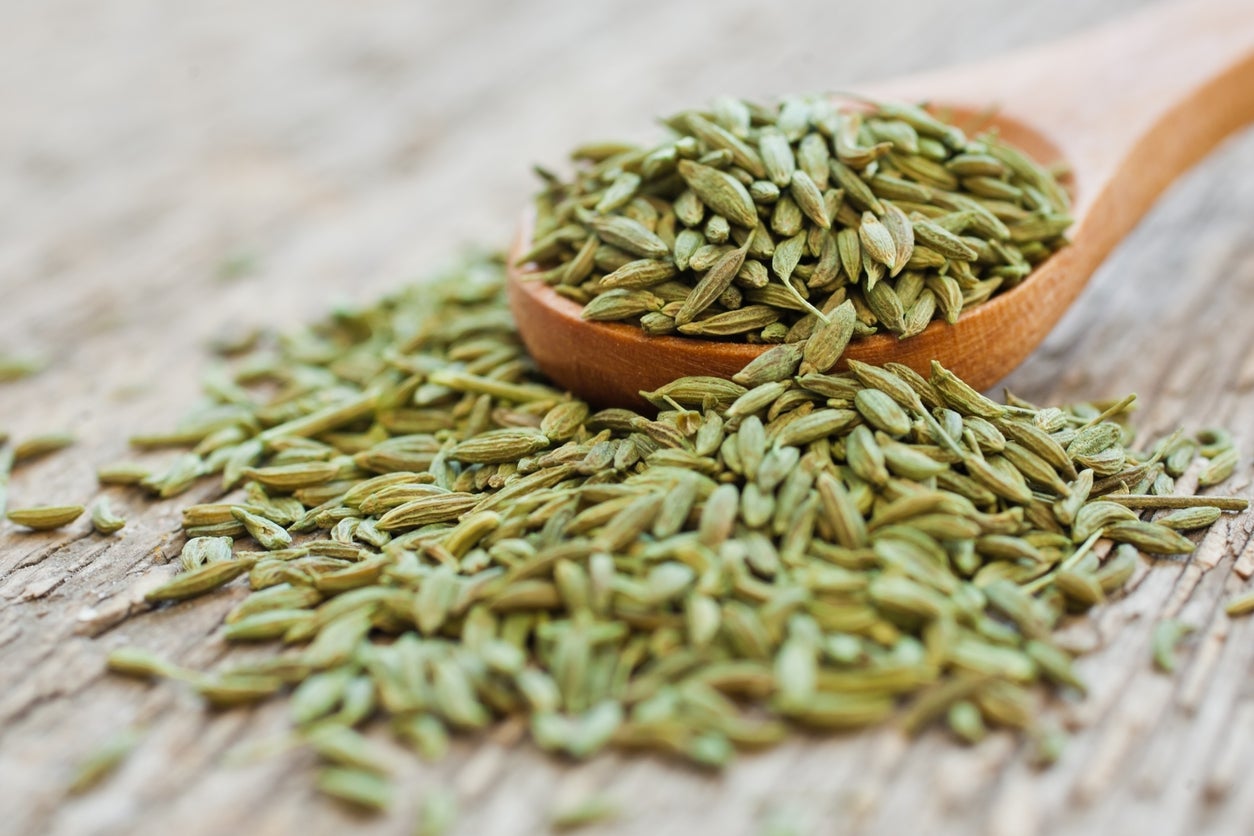 Harvesting Anise Seed – When And How To Pick Anise Seeds
Harvesting Anise Seed – When And How To Pick Anise SeedsIf you’re someone who loves anise, there’s nothing easier or more rewarding than growing and saving your own anise seeds to use year round. Click this article to learn more about how to pick anise seeds and preserve them so you can use and enjoy the spice year after year.
By Liz Baessler
-
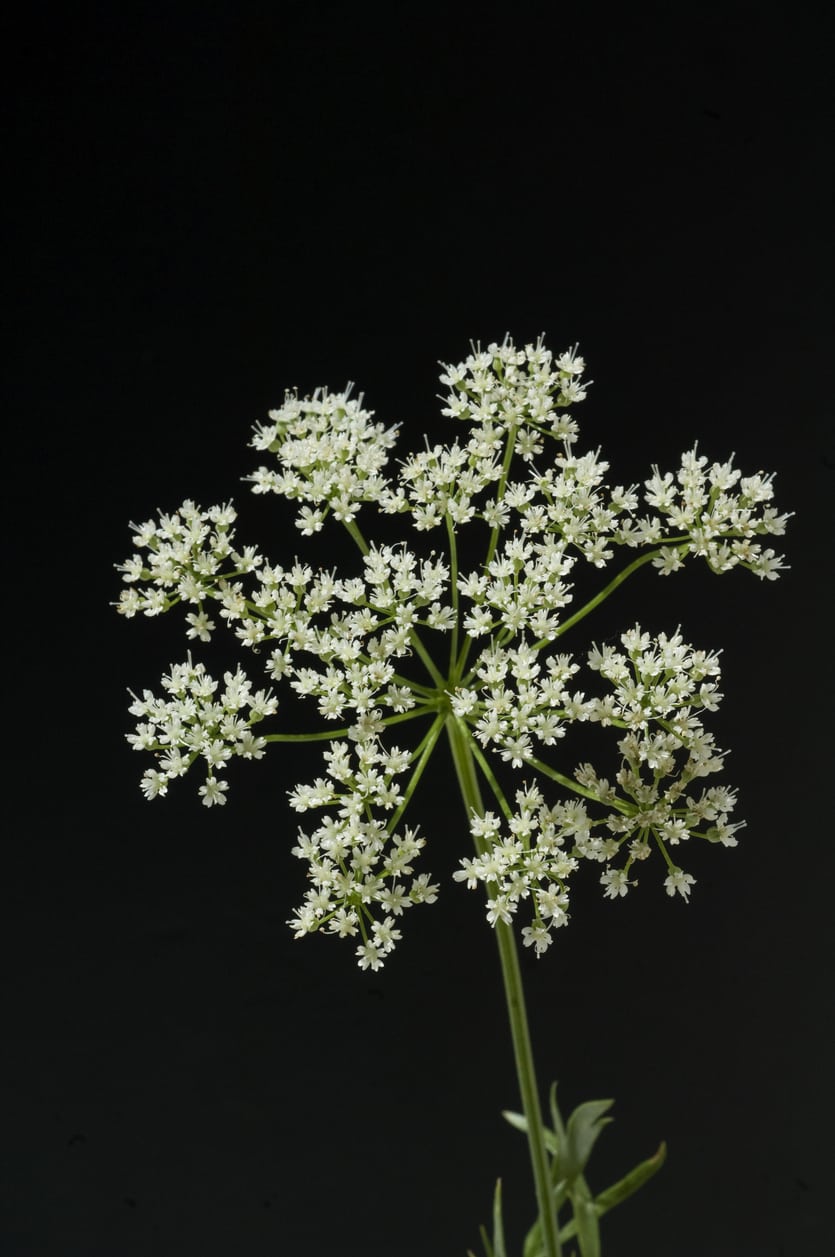 Common Anise Diseases: How To Treat A Sick Anise Plant
Common Anise Diseases: How To Treat A Sick Anise PlantWhile it is fairly easy to grow, the anise plant is not without its problems, specifically diseases. It’s important to recognize the symptoms in order to learn how to treat a sick anise plant before a disease progresses to the point of no return. This article will help.
By Amy Grant
-
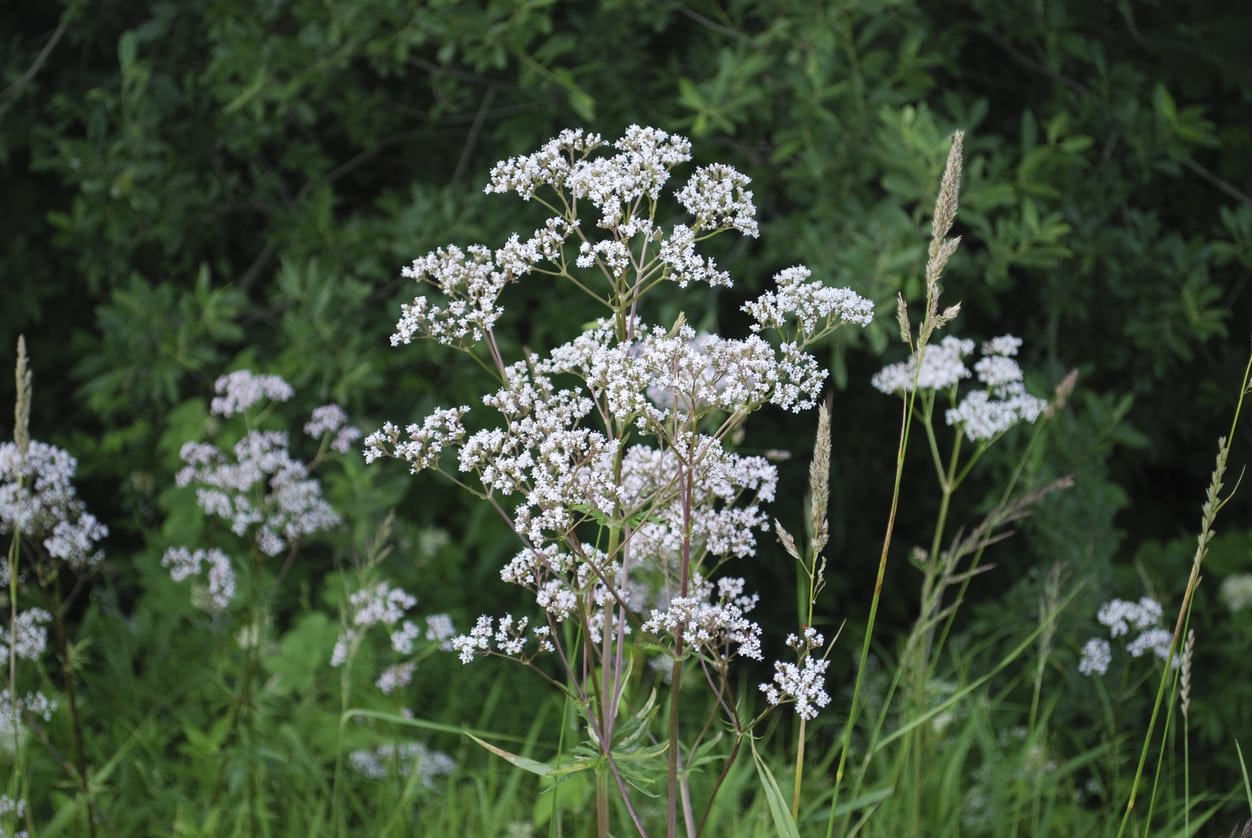 Container Grown Anise Seed: How To Care For Anise In A Pot
Container Grown Anise Seed: How To Care For Anise In A PotAnise, sometimes called aniseed, is a powerfully flavored and scented herb that is most popular for its culinary properties. Like all culinary herbs, anise is very useful to have on hand near the kitchen, especially in a container. But can you grow anise in a pot? Find out here.
By Liz Baessler
-
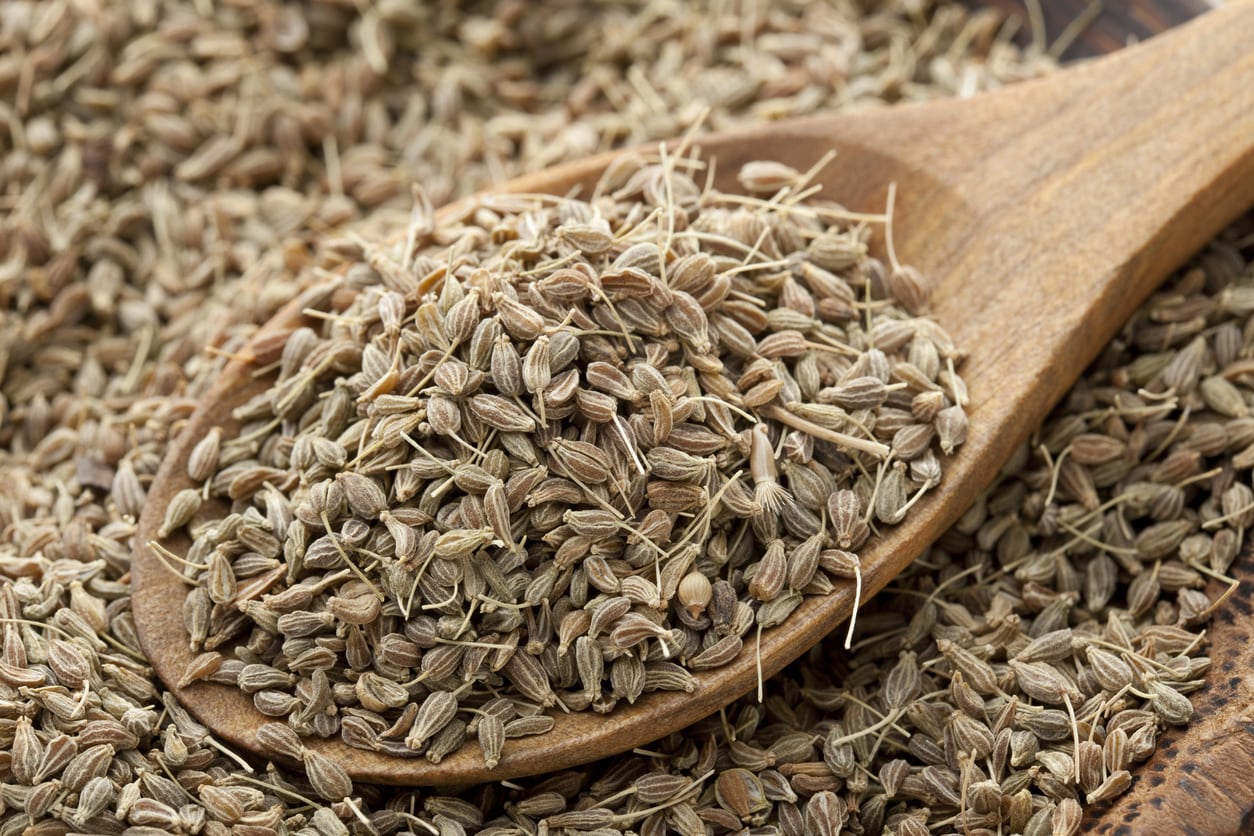 Anise Vs. Star Anise – Are Star Anise And Anise Plants The Same
Anise Vs. Star Anise – Are Star Anise And Anise Plants The SameLooking for a slightly licorice-like flavor? Star anise or anise seed provide a similar flavor in recipes but are actually two very different plants. A description of their differences will reveal unique origins and how to use these interesting spices. Click here for more info.
By Bonnie L. Grant
-
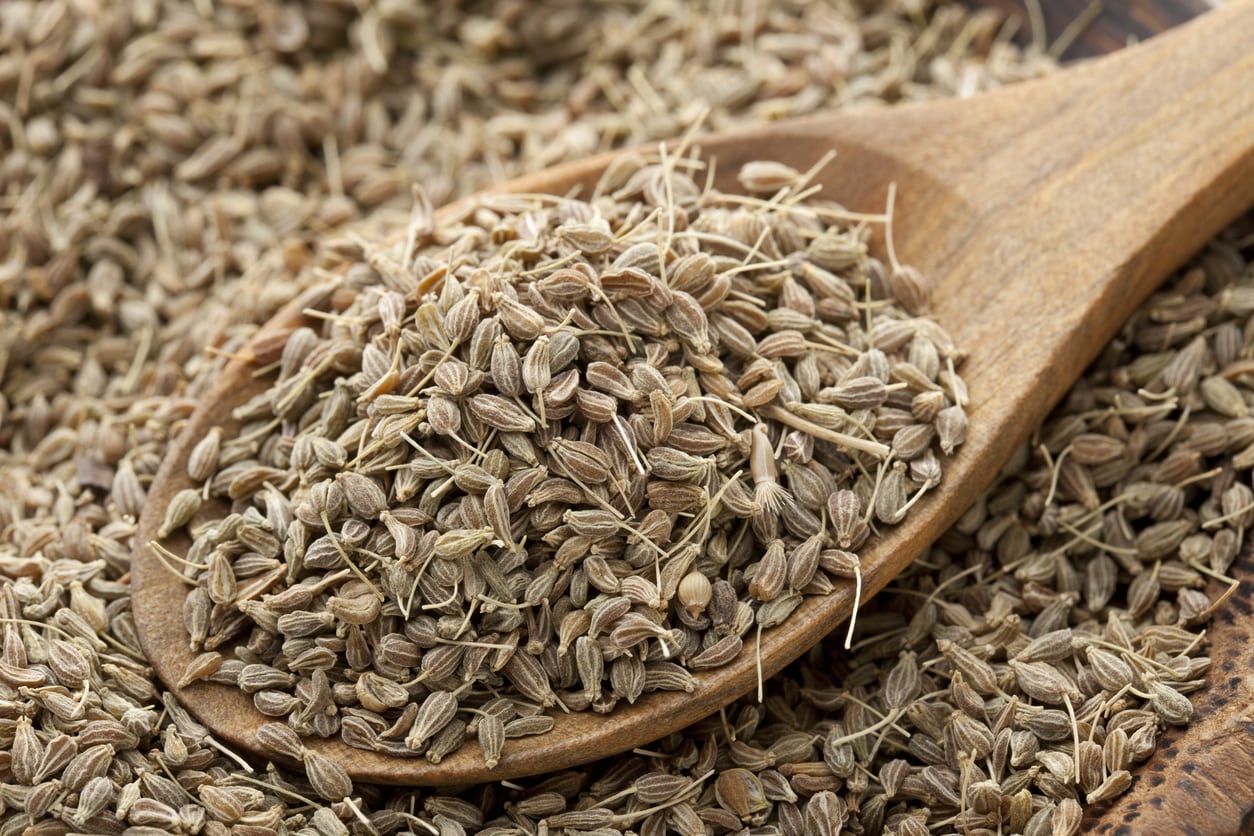 Medicinal Anise Plants – How Is Anise Good For You
Medicinal Anise Plants – How Is Anise Good For YouAnise is a pretty perennial herb, but it can do more for you than add visual interest to your garden. Growing medicinal anise plants and harvesting the seeds means you can add this natural, herbal remedy to both your kitchen and your medicine cabinet. Learn more in this article.
By Mary Ellen Ellis
-
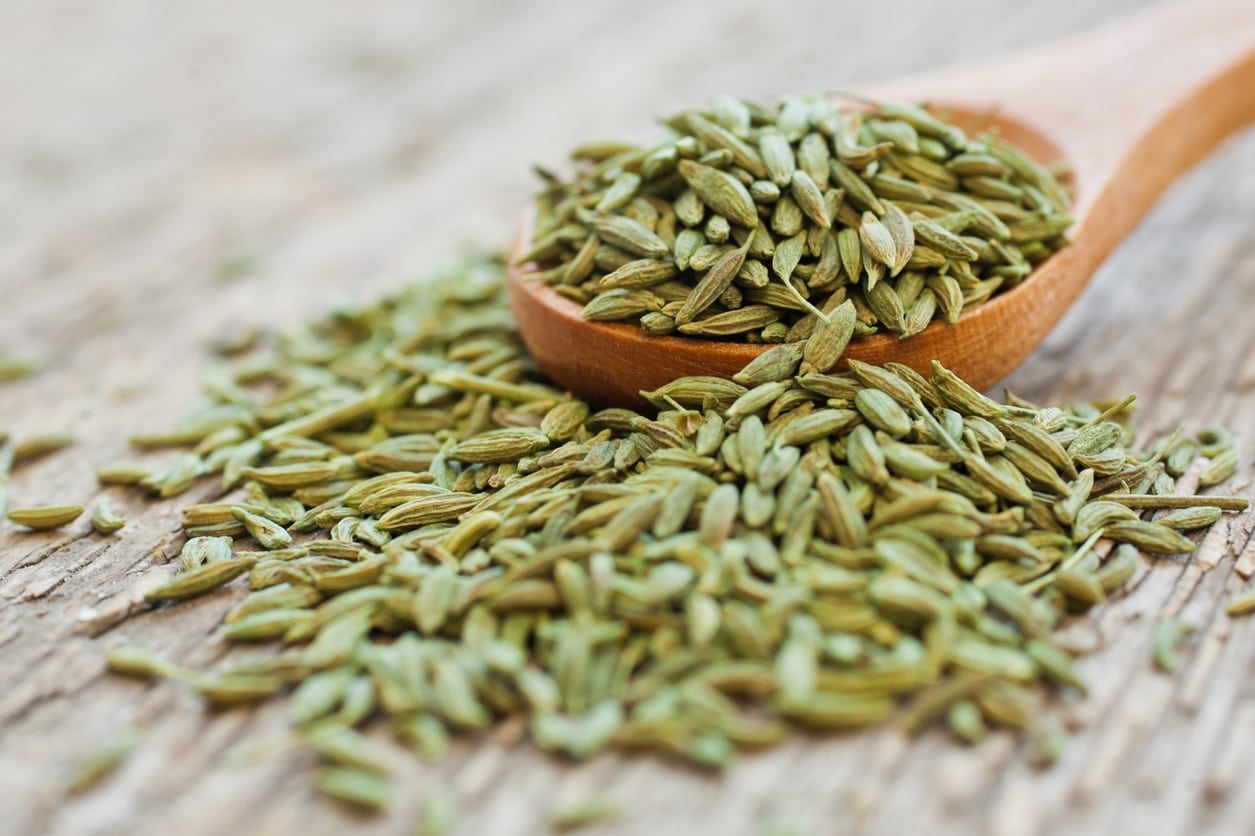 Fennel Vs Anise: What’s The Difference Between Anise And Fennel
Fennel Vs Anise: What’s The Difference Between Anise And FennelIf you’re a cook who loves the flavor of black licorice, you no doubt commonly use fennel and/or anise seed in your culinary masterpieces. Many cooks use them interchangeably. But are anise and fennel the same? Find out more in this article.
By Amy Grant
-
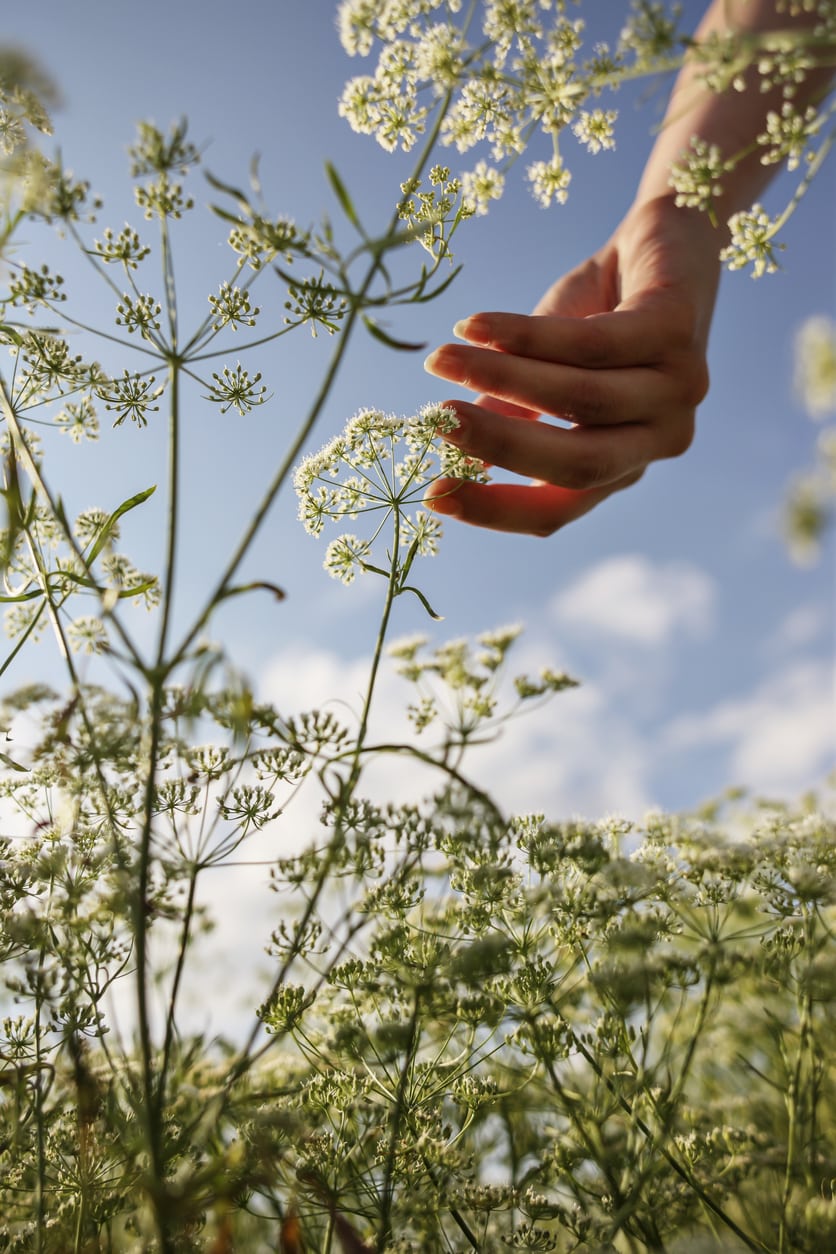 Propagating Anise Herbs: How to Propagate Anise Plants
Propagating Anise Herbs: How to Propagate Anise PlantsVariety is the spice of life, so it is said. Growing new anise plants will help spice up the ho-hum herb garden while giving dinner a surprising new zip. The question is, how is anise propagated? Click here for information on propagating anise herbs.
By Amy Grant
-
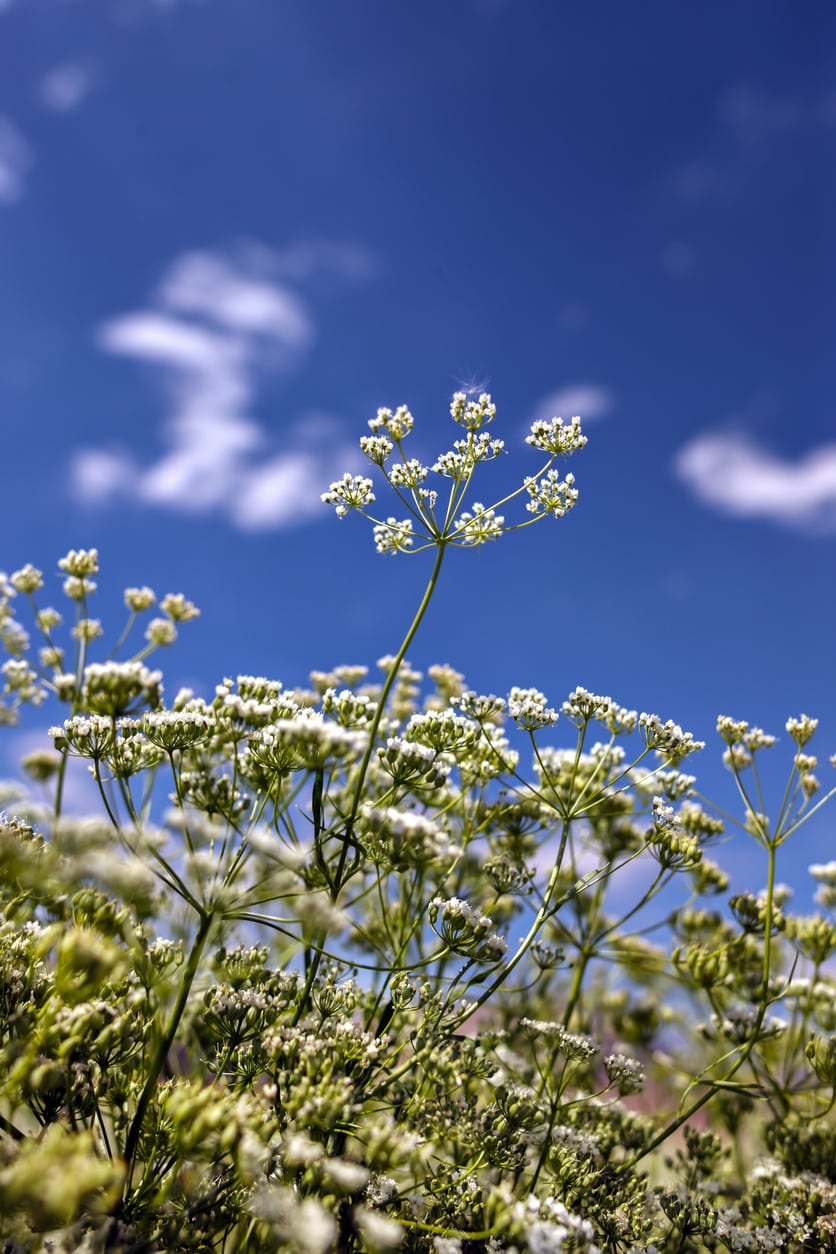 Does Anise Repel Bugs: Information On Natural Anise Pest Control
Does Anise Repel Bugs: Information On Natural Anise Pest ControlCompanion planting with anise attracts certain beneficial insects, and the pest-repellent properties may even protect veggies growing nearby. Click here to learn more about anise pest control and how you can easily grow this beautiful, useful plant.
By Mary H. Dyer